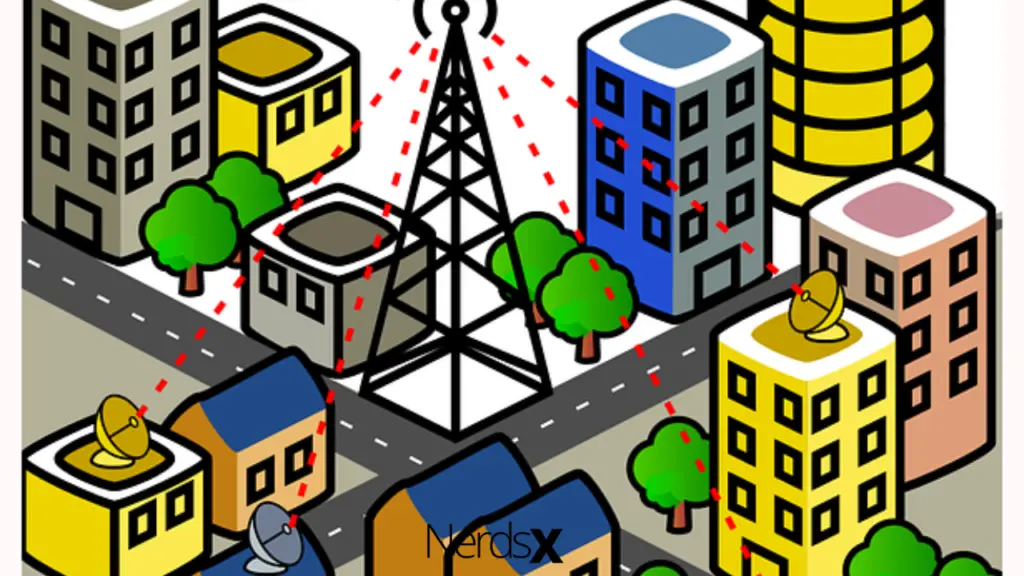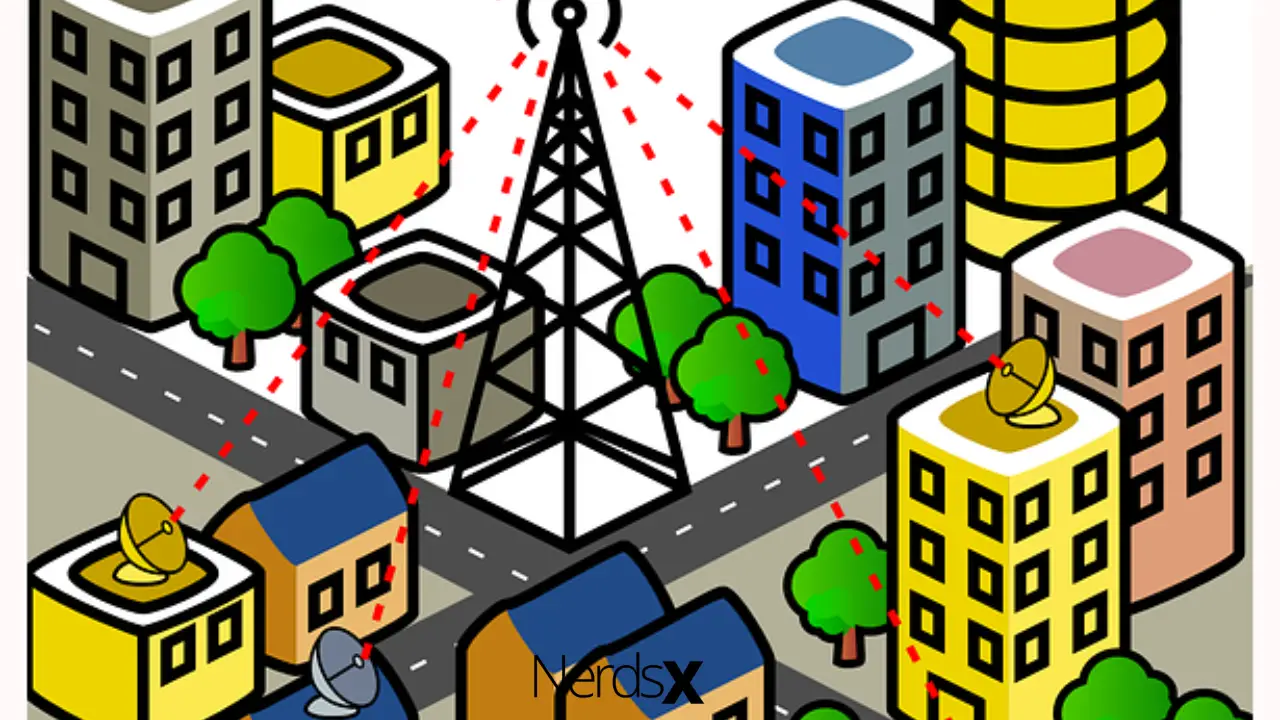Computers and technology have become an inextricable aspect of our lives. Everything is in their hands.
Other items get linked to computers and their use daily. Ethernet and the Internet are two examples of this. While most of you are acquainted with the concept of the internet and how to use it, few are aware of Ethernet and its use. That isn’t to say that it never gets used. Many people use it across the world. After you’ve figured out what Ethernet is, the next step is to figure out the difference between Ethernet and the Internet because most people get them mixed up.
While the Internet and Ethernet get misunderstood, there are several fundamental distinctions. From the internet, which uses the TCP/IP protocol to link systems worldwide, to Ethernet, which uses a cable to connect subnetworks inside a physical area, there are many distinctions between the two, which will be discussed in this article.
What Is Internet
Internet is defined as a global network of interconnected computer networks that communicate using the Internet protocol suite (TCP/IP). It’s a tangle of interlinked networks of private, public, institutes, corporations, enterprises, people, and government networks. It ranging in scale from local to global, all of which connect via a range of Electric, radio, and optical networking technologies.
The World Wide Web’s (WWW) interconnected hypertext texts and applications, and other information resources and services are accessible via the internet.
The advent of packet switching and research financed by the US Department of Defense in the 1960s enabled computer time-sharing, leading to the internet’s birth. The ARPANET, the forerunner network, served as a basis for connecting regional academic and military networks in the 1970s.
The National Science Foundation Network got established as a new cornerstone in the 1980s, and private funding for future commercial expansions resulted in worldwide participation in developing new networking technologies and the merger of multiple networks.
By the early 1990s, commercial networks and companies got linked, signaling the start of the contemporary internet’s transition, resulting in a steady exponential expansion as generations of institutional, individual, and mobile computers joined the network.

How Is The Modern Day Internet?
The science underpinning the modern-day internet is complicated, to say the least, for the layperson. But then again, why shouldn’t it be? In a nutshell, a vast web of networks shapes the whole internet architecture. These networks allow users to share information. Any data may now get transferred through the internet, from a file to an e-mail. The only need for this exchange is that the devices get linked to the network using the most modern technology available to allow data flow.
Have you ever used Spectrum, which is a cutting-edge technology? Spectrum may be the solution to what you’ve been looking for all along, with its advanced infrastructure providing internet speeds starting at 100 Mbps.
Do you know that the global internet network is so extensive that the world’s IP-transmitted data was estimated to reach 278,108 petabytes per month in 2021? One petabyte is equivalent to 1,000,000 Gigabytes, in case you were wondering. As a result, overall IP data traffic was expected to reach roughly 278,108,000,000 Gigabytes per month in 2021. Take a deep breath and consider how extensive the network that enables the movement of such a tremendous amount of data must be.
What Is Ethernet?
Ethernet is a group of wired computer networking protocols extensively used in LANs, MANs, and wide area networks (WAN). It was originally commercially available in 1980 and was standardized as IEEE 802.3 in 1983.
Ethernet has improved to handle faster data rates, a larger number of nodes, and longer network lengths while maintaining a high level of backward compatibility. Over time, rival wired LAN technologies like Token Ring, FDDI, and ARCNET have mostly got superseded by Ethernet.
The original 10BASE5 Ethernet employs coaxial cable as a transmission medium, but modern Ethernet variations use twisted pair and fiber optic lines with switches.
Ethernet data transmission rates have risen steadily, from 2.94 megabits per second to 400 gigabits per second. The Ethernet specifications include several wiring and signaling versions of the OSI physical layer in use with Ethernet.
Forms Of Ethernet Networks
Fast Ethernet: A high-speed network that can receive data at up to 100 megabits per second and is CAT5 cable supported.
Gigabit Ethernet: This sort of connection transfers data at a rate of 1000 megabits per second. It’s a Fast Ethernet upgrade.
10-gigabit Ethernet: This is a more advanced form of Gigabit Ethernet that both twisted pair and fiber optic lines can be used with, and CAT7 or CAT6a cables support it.
Switch Ethernet is a type of Ethernet that uses a standard connection and switch to transport data from one device to another. This Ethernet is a common kind used by small to medium-sized businesses. Fast Ethernet speeds of up to 100 Megabytes per second and the newest Ethernet speeds of up to 1,000 Mbps don’t get support by most switches. Because Switch Ethernet technology has been around the longest, it is the most well-known and studied.
The cable alone can significantly impact the quality of your internet connection. However, hardware such as the modem and router plays an important part in internetconnectivity. As a result, it’s critical to make sure you have the correct tools for the job.
Because Ethernet appears to be improving all the time, it’s wise to choose the greatest choice available upfront. You will save money by not replacing the fundamental wires in the long term.
Comparison Table Between Internet And Ethernet
| Parameters of Comparison | Internet | Ethernet |
| Meaning | Interconnected networks of computers. | Primary physical space connected to the computer |
| Security | Less secure | More secure |
| Communication | It uses a broadcast network for it | It uses point to point networks for it |
| Coverage | Wide coverage | Less coverage |
| Example | Wide Area Network | Local Area Network |
Key Differences Between Ethernet VS. Internet
1. Internet is defined as a global web of interconnected networks that connects many smaller networks. They combine to produce the World Wide Web, a vast world of data and information. In contrast, Ethernet is a local area networking system’s channel for linking a user to the Internet network.
2. While Ethernet only utilizes one connection line, the internet allows several connections to commence simultaneously.
3. The link methods in both are distinct. The main difference is the connecting method: the internet employs the TCP/IP protocol to link devices worldwide, whereas Ethernet uses a cable to connect local machines.
4. The internet is a worldwide structure of interconnected networks that allows users to share data while adhering to certain operating rules.
On the other hand, Ethernet is a network of local regions linked together to exchange relevant data within its range.
The security distinction is what distinguishes the Internet from Ethernet. Ethernet is significantly safer than the Internet because Ethernet is based on a Wide Area Network (WAN), unlike the internet, which is based on a local network.
Given that it spans anybody outside the network may access a broader geographical region and the data transmitted over it, the WAN is less secure. On the other hand, LAN can keep all unidentified devices away because it covers a limited geographical region.
Ethernet gets controlled by a single administrator or a small group of administrators. The administrators’ responsibilities include network control and management. If the Ethernet network is in a household, the network administrator can be a parent; the network administrator might be the technical department if the network is in a company.
In contrast, the internet is a worldwide network of networks. As a result, it can’t be managed by one person or a small group of people. However, certain authorities have authority over specific areas of the internet. These authorities, however, cannot regulate the entire system.
Ethernet is used to share files and data between a group of computers in terms of applications.
Computers on this network can exchange and utilize specified software.
This network technology allows computers to share hardware such as printers, modems, and other devices. The software will enable computers to interact with one another.
The internet may be used for the following purposes:
1. People may participate in live talks on the internet by utilizing IRC.
2. People may order items and services through the internet, known as e-commerce.
3. Other individuals can get electronic mail, often known as E-mail. Text, images, videos, and files may all be sent via e-mail.
4. Search engines: Finding precise information becomes quite challenging because the internet is huge. However, search engines are modified to help you with this.
5. The World Wide Web (WWW) is the most important aspect of the internet. With the aid of your browser, you are reading this content from the internet.
6. FTP (File Transfer Protocol): The Internet is a system for sharing files between computers.
Conclusion
Although the Internet and Ethernet are two distinct things, they both make it possible for humans to transmit information without difficulty. While the internet offers instant access to a myriad of information, Ethernet guarantees that our computers remain linked to the internet to perform information exchanges locally and worldwide.

